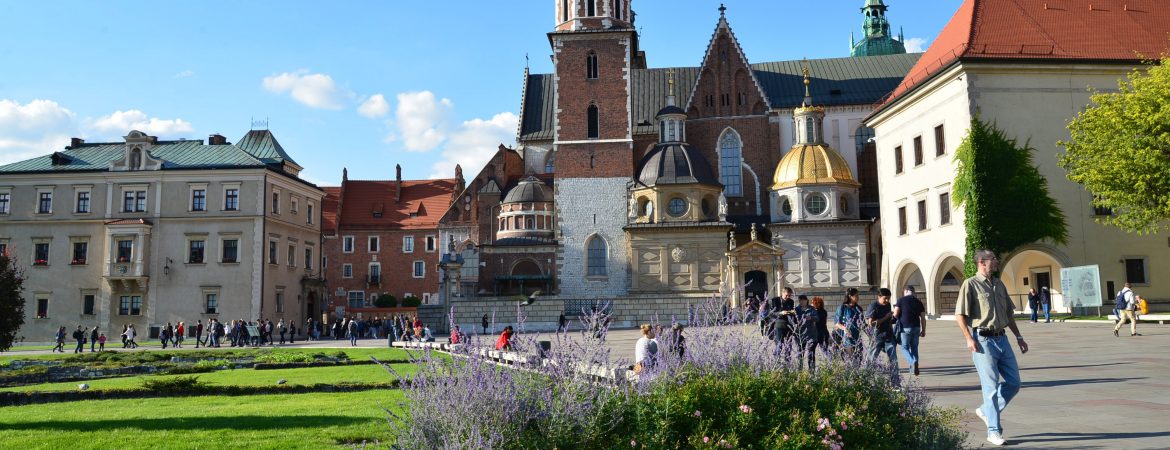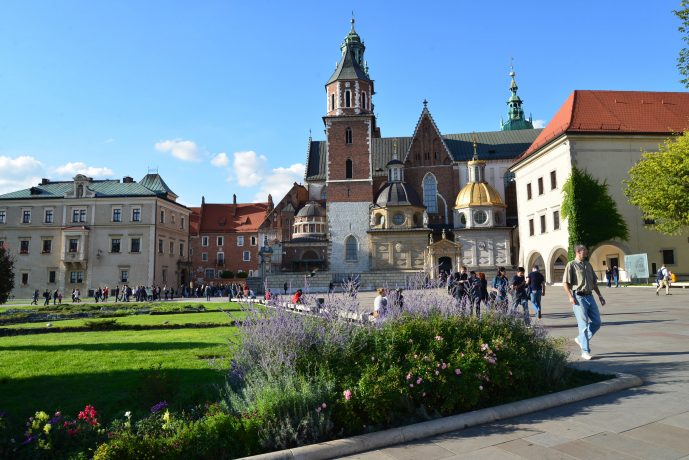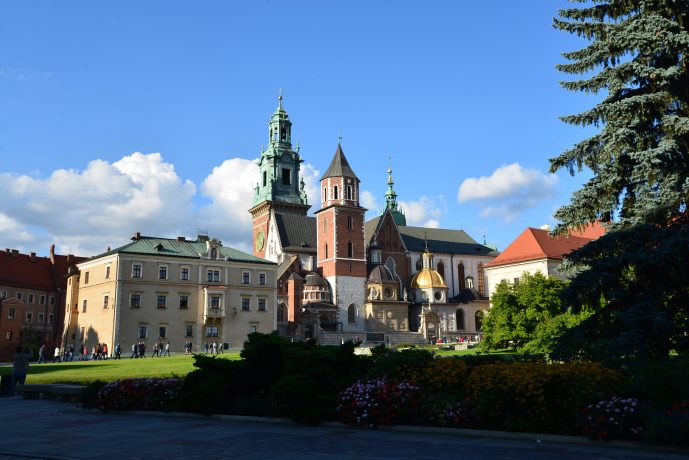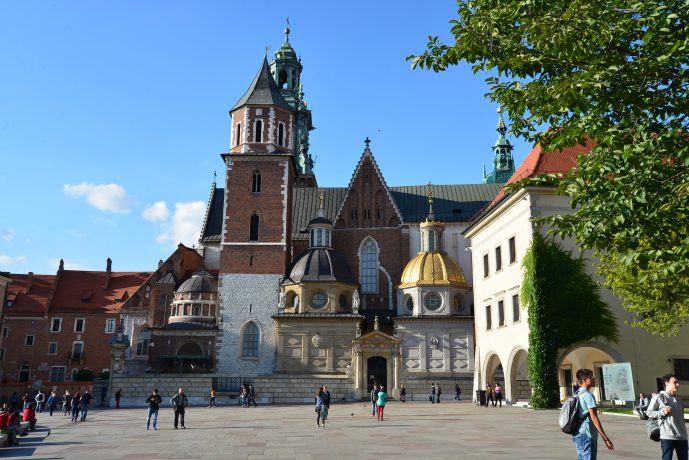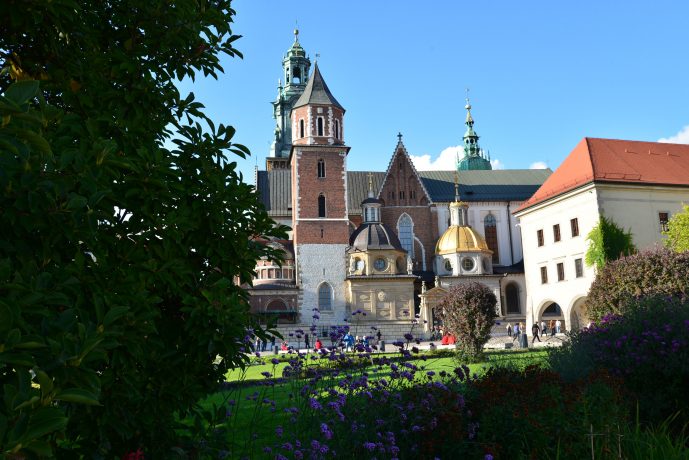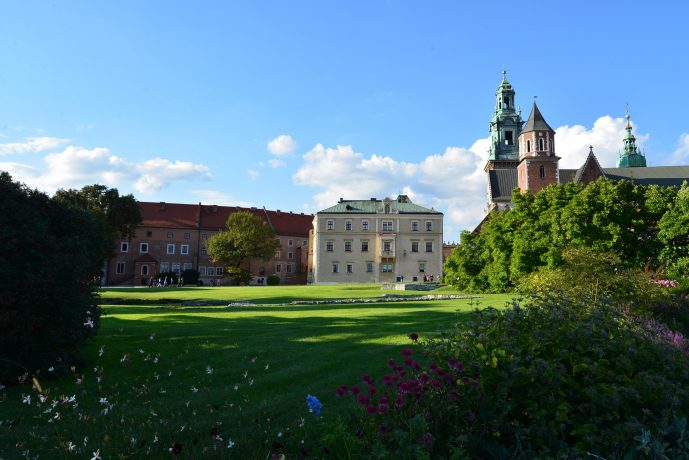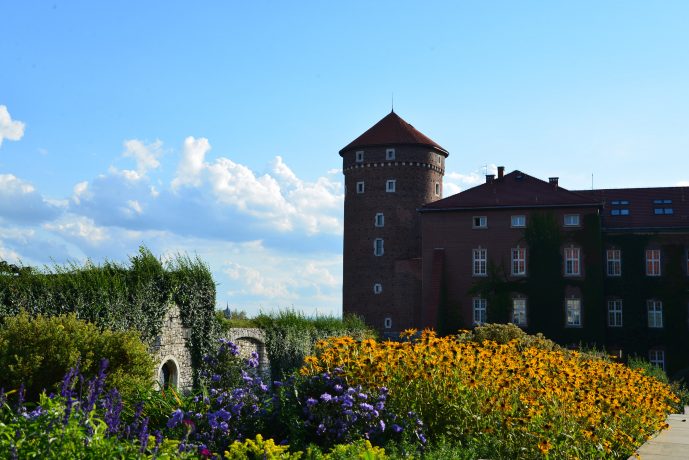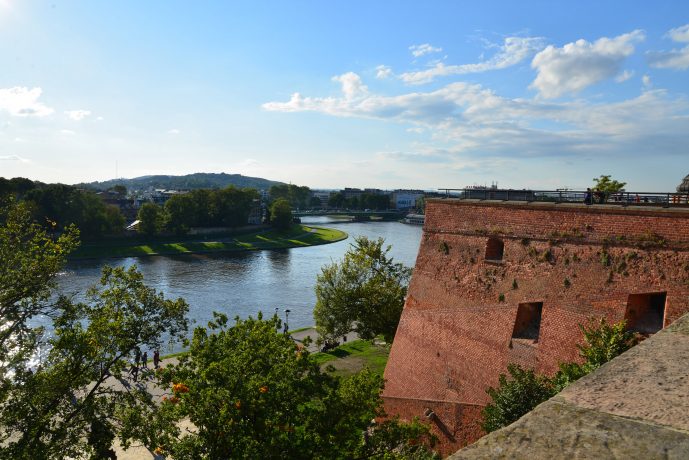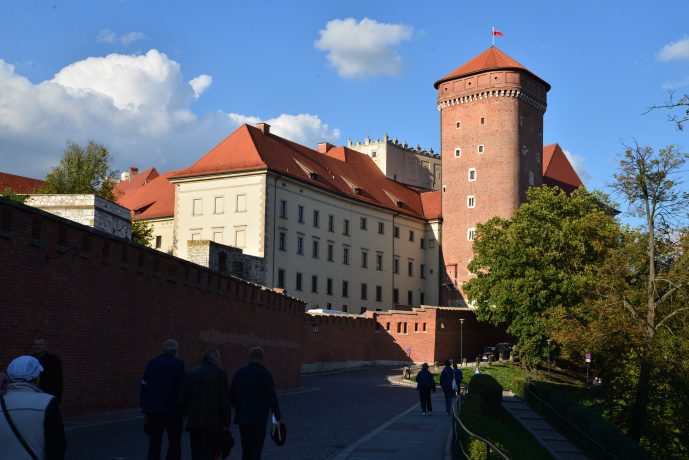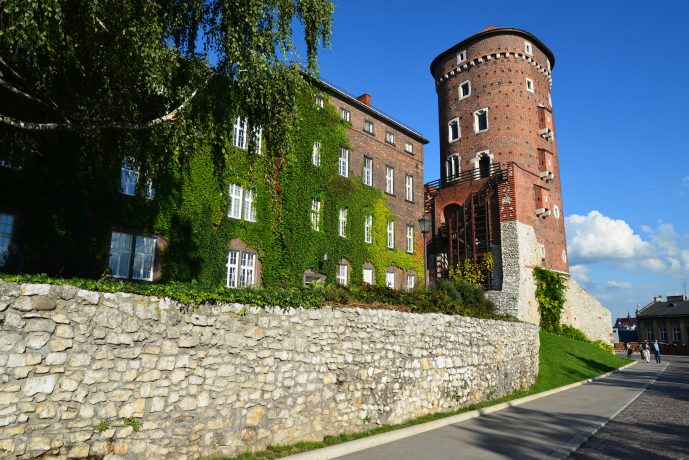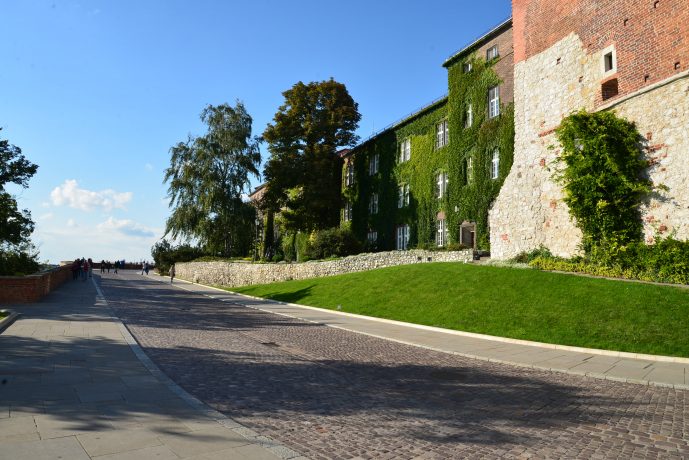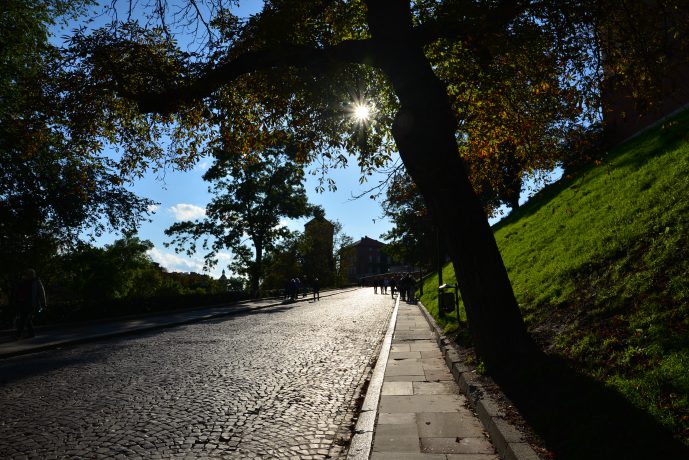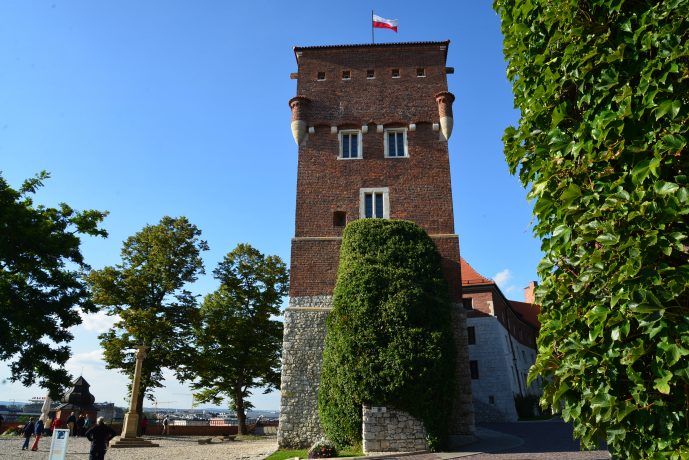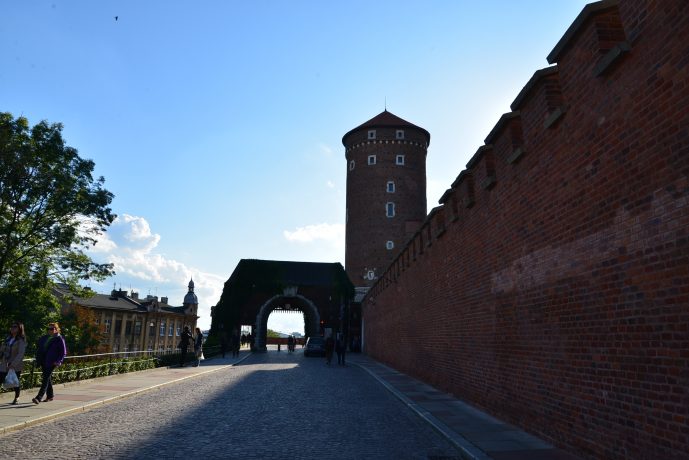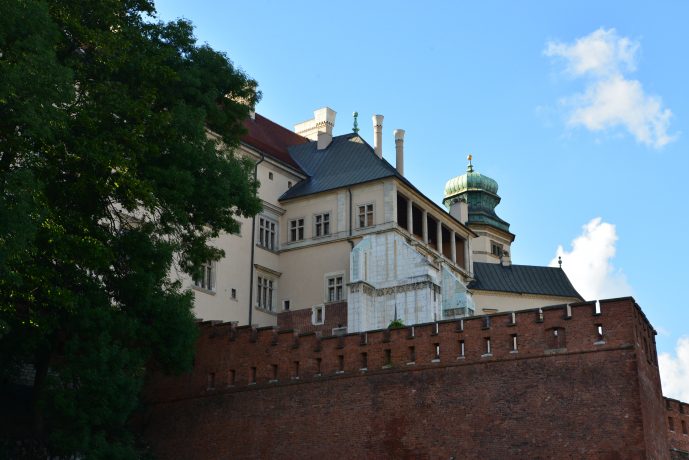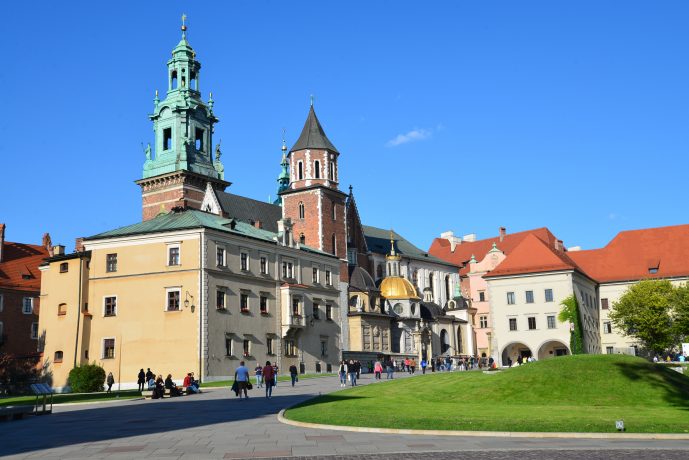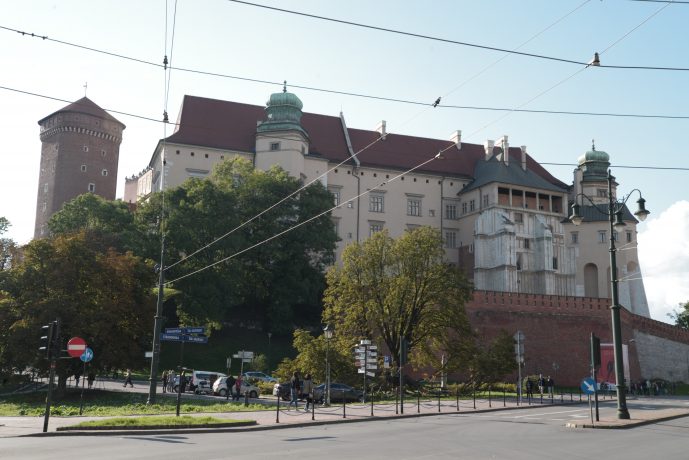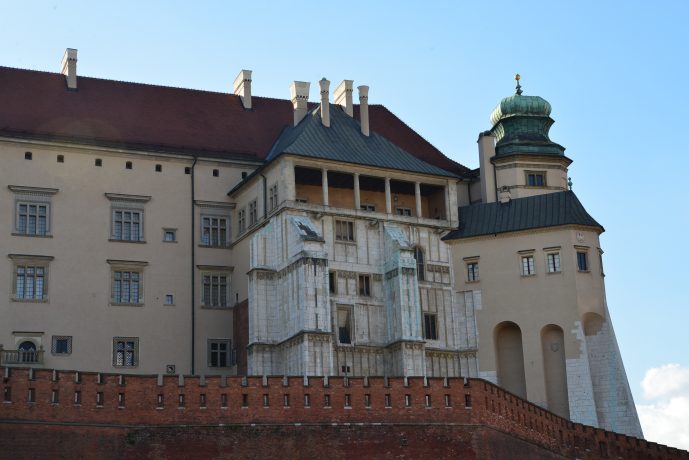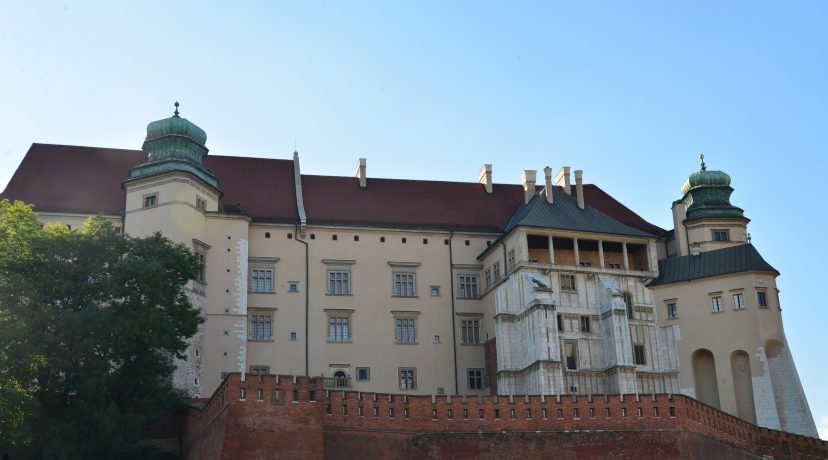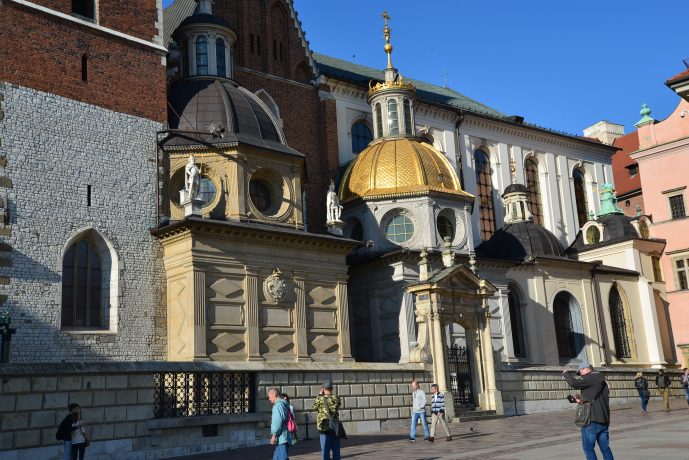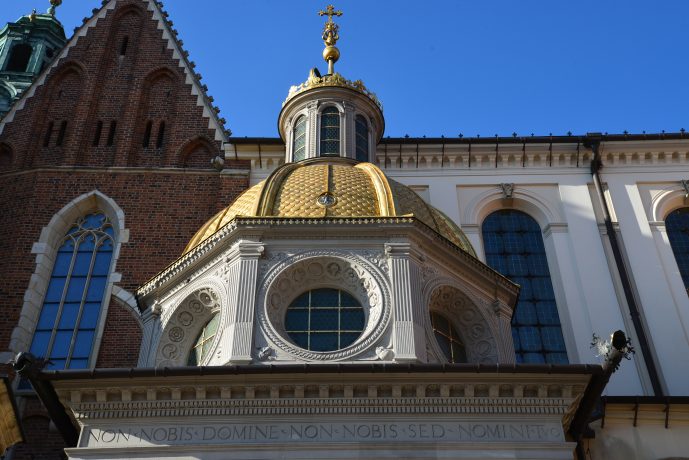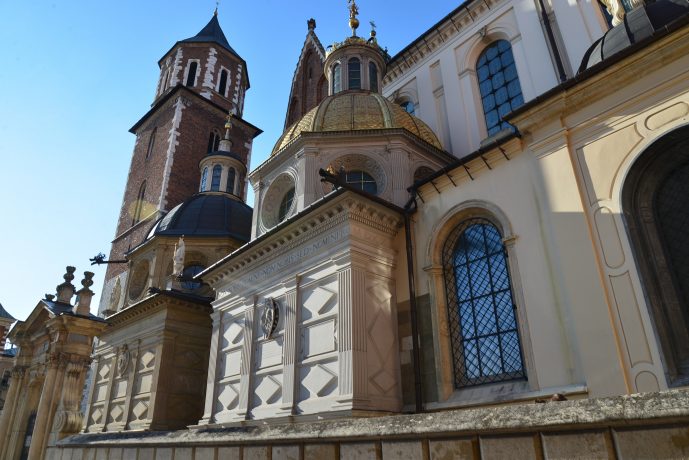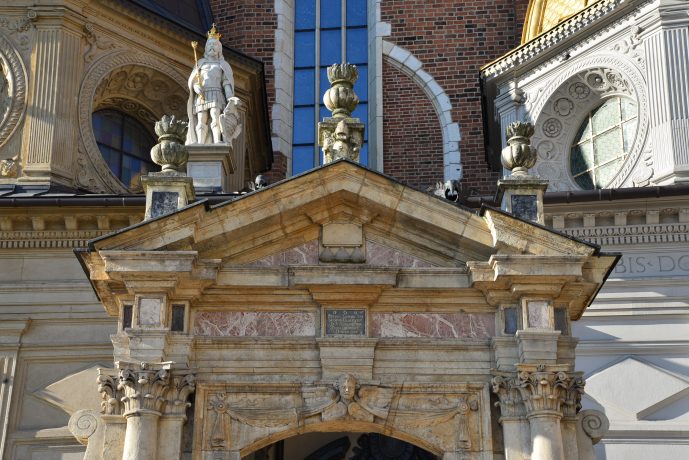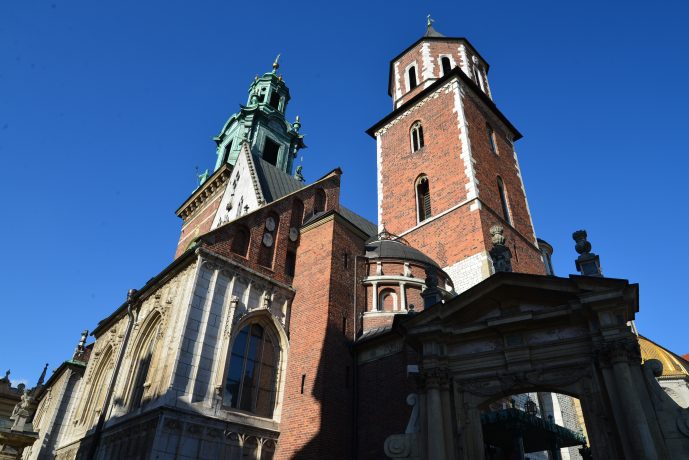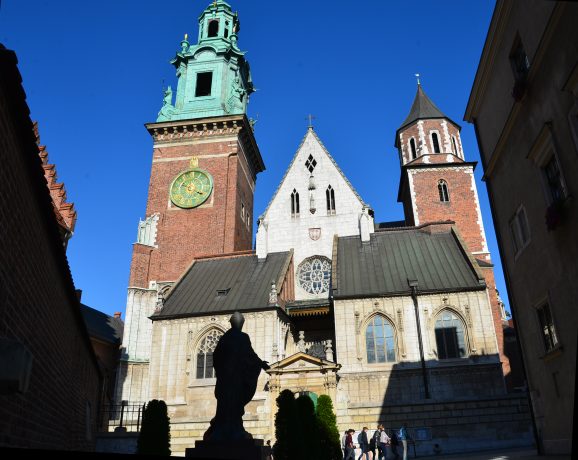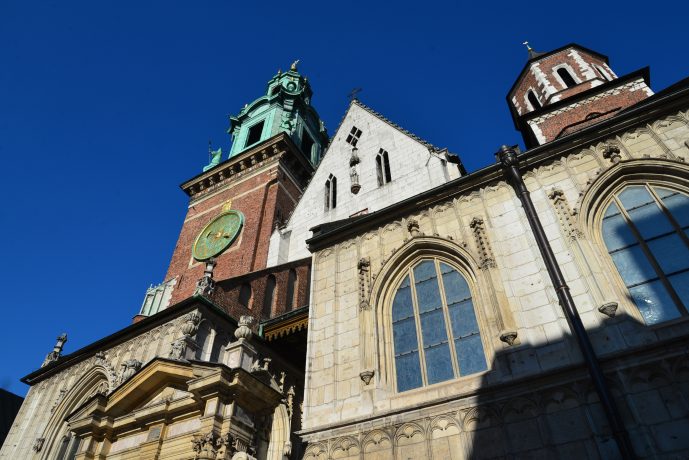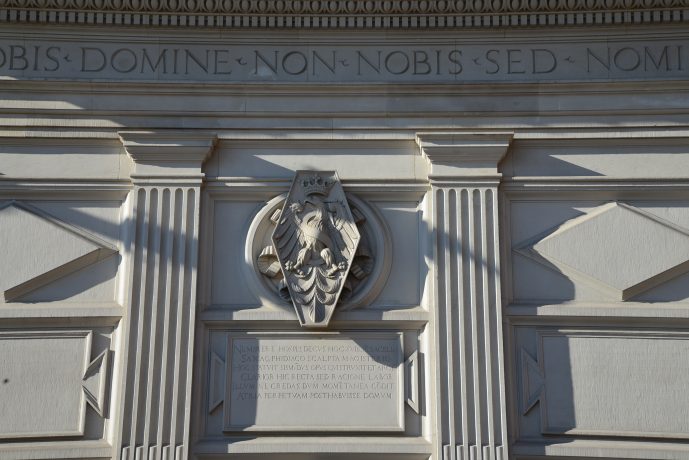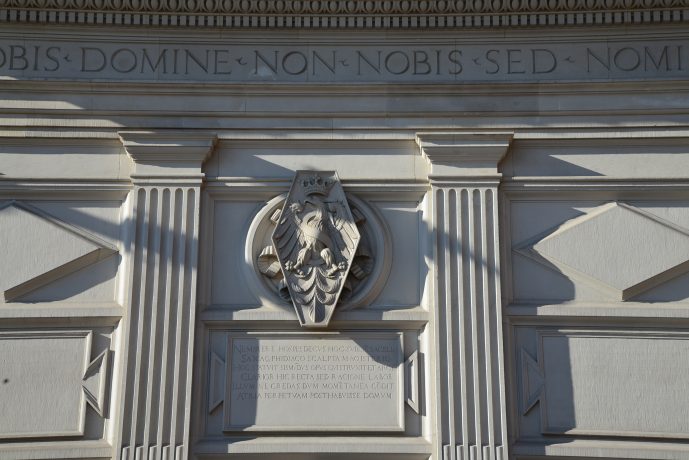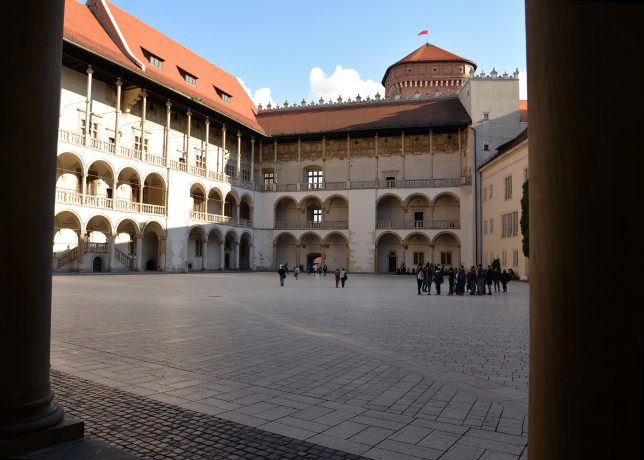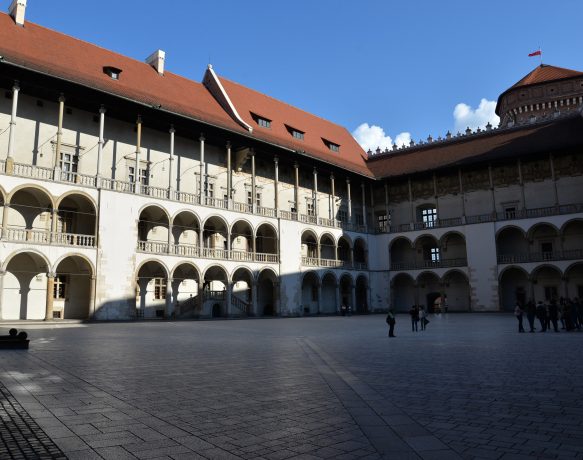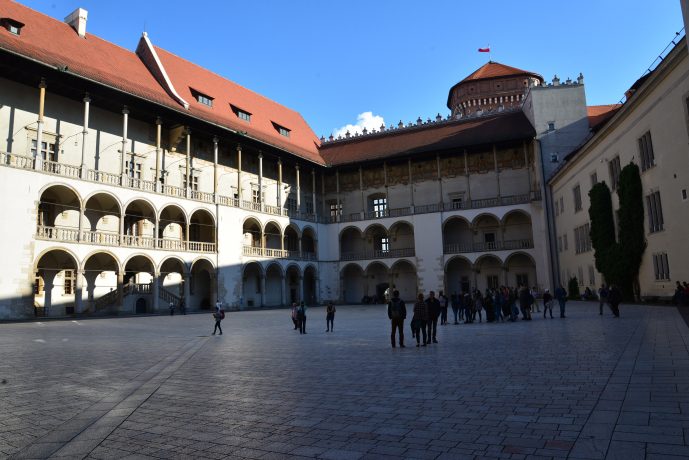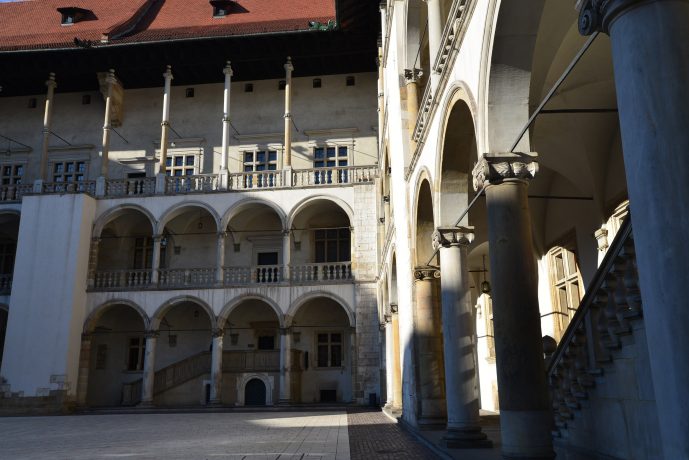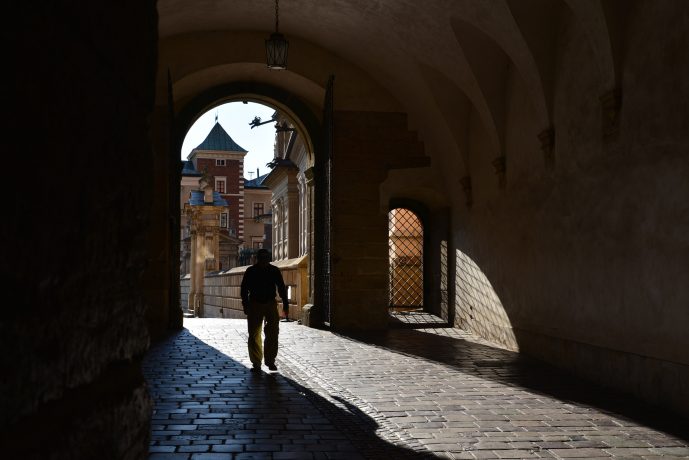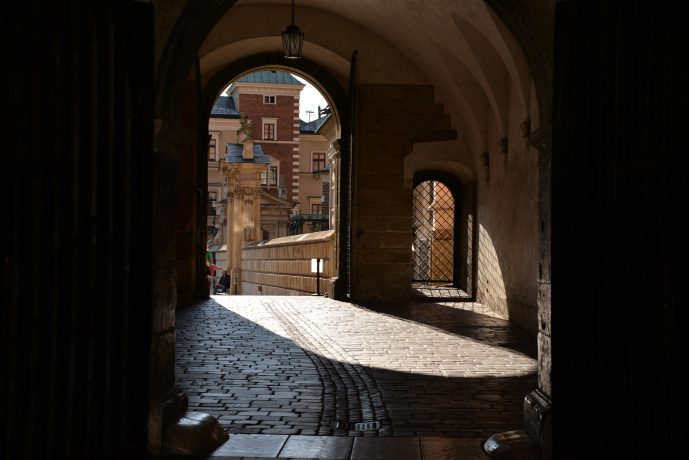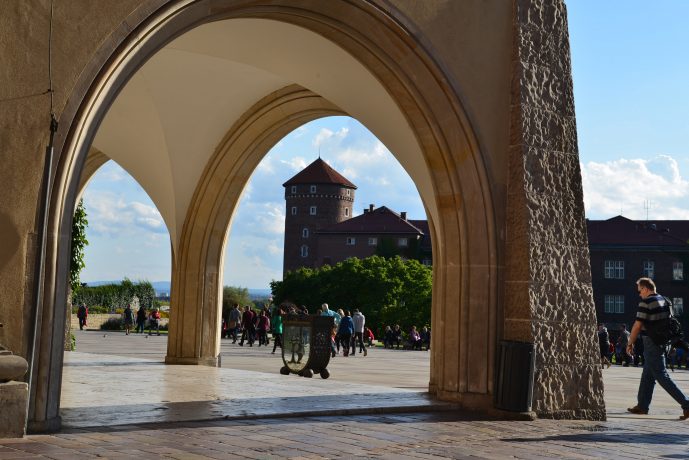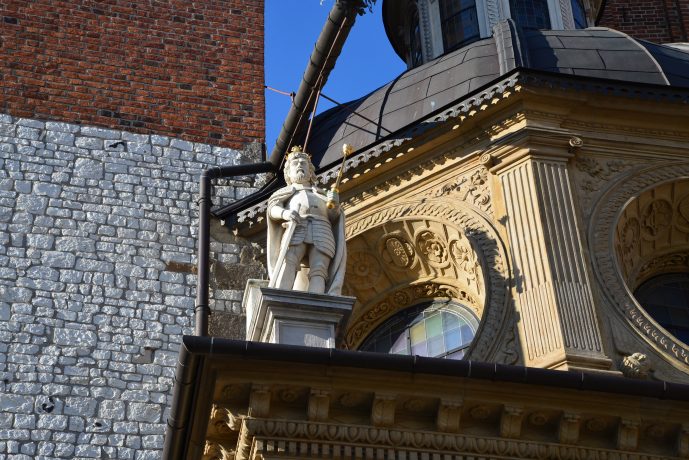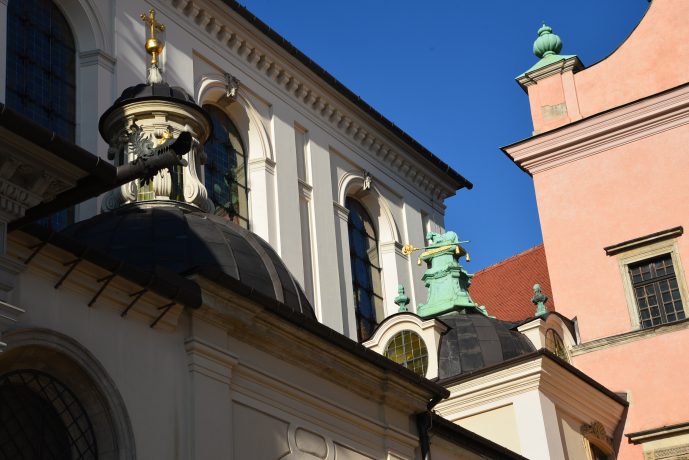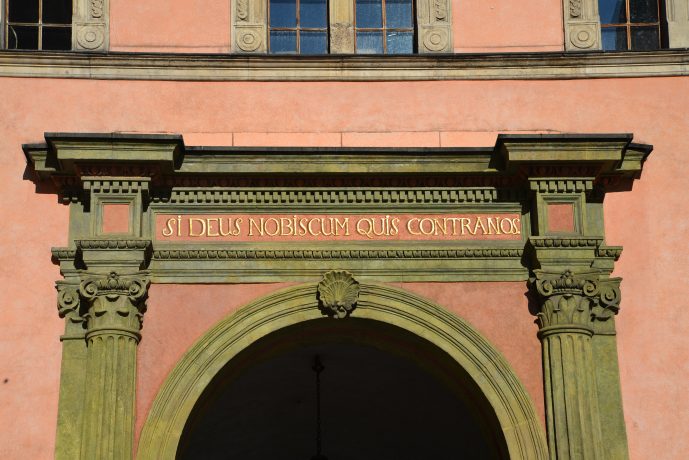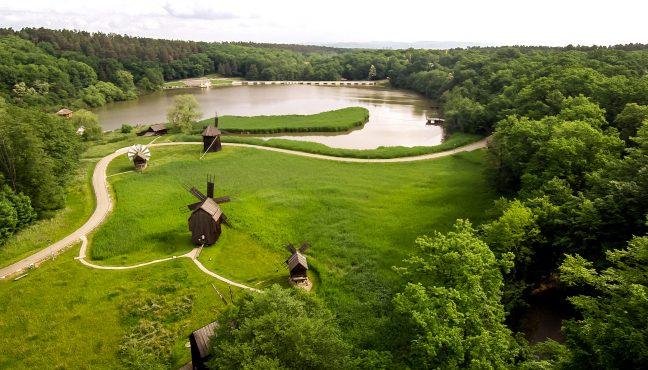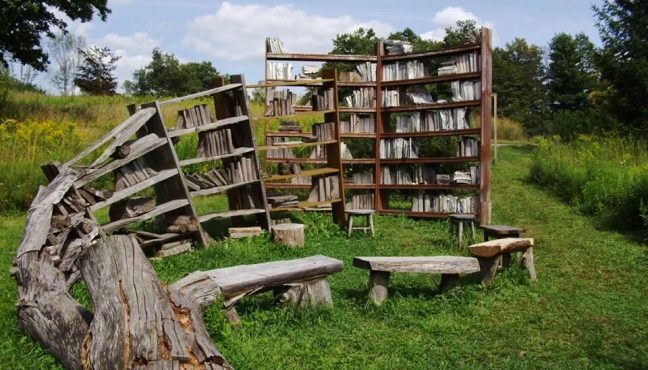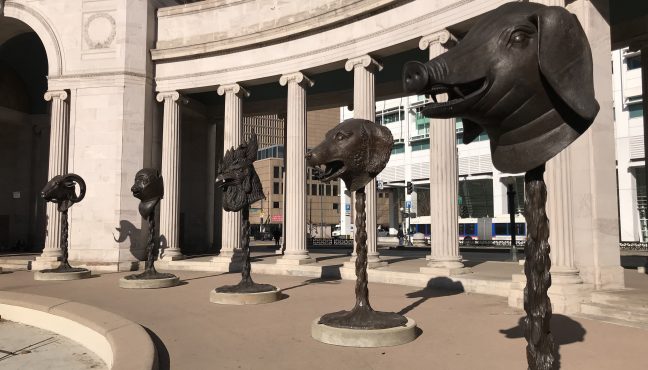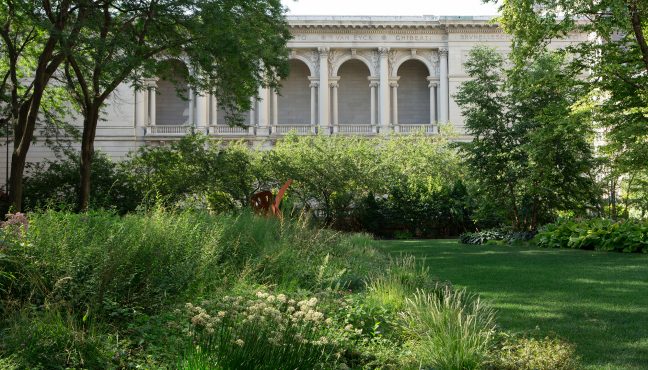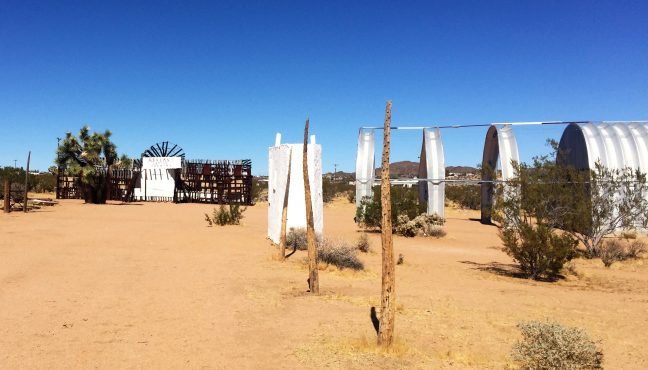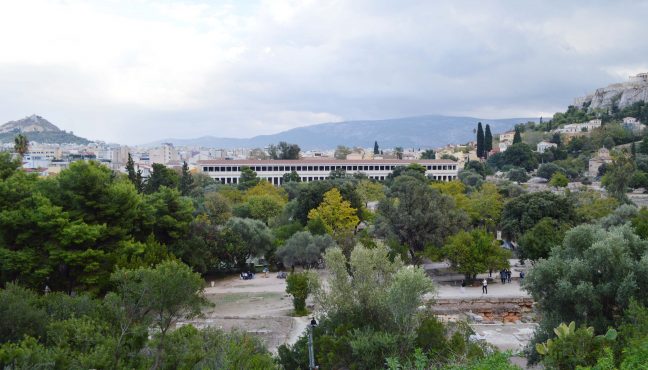Kraków is a truly magical place. Far from the political crowd and the capital duties, Kraków seems like a city stuck in time. The Old Town and few nearby districts are situated quite tightly with each other and everything is within walking distance. The Vistula River cuts the city in two halves, but unlike in Warsaw, it is still quite narrow and more reminiscent of a peaceful blue ribbon rather than a broad, rapid waterway. One of the most magical and most popular spots is Wawel Royal Hill featuring the Royal Castle, the Chapel and the gardens. Going back hundreds of years, Kraków used to be a capital of Poland until the end of 18th century. Because the city was the king’s residence, it was of great importance. Kraków has a long royal tradition and, since the Nazis never really bombarded the site even during their occupation when they turned it into their headquarters, most of its monuments are in the great shape.
While climbing up the hill, you can enter the Royal Castle to see its many chambers, the king’s apartments and the treasury. Also, you can see the kings’ tombs in the crypts inside the Chapel. When you visit the Royal Castle, you have to admire its splendor, beautiful design, and exquisite tapestries. It’s a royal museum, richly filled with history, art and tradition. However, we would like to introduce you to the Wawel Royal Hill from a different side, one a bit less touristic. We’ll try to familiarize you with it.
Wawel Royal Hill's best known story is about the Wawel Dragon. Since dragons are quite popular now, you should know that there is still one living in the cave under Wawel Hill! According to the tale, a long, long time ago the whole town of Kraków was covered with fear and terror as the horrible fire-breathing reptilian monster settled in the cave under the hill. The dragon was a terribly gluttonous creature and devoured all the cattle and sheep it found nearby; it soon started to desire human flesh as well. Legendary King Krak had no idea what to do about it. Many brave fighters tried to beat the dragon, but most of them were found dead instead. Only a few managed to escape. The King tried three times himself, unsuccessfully. Times were getting darker for the royal city. Finally, another courageous man came to the King, a simple shoemaker called Skiba. The King was doubtful, how can a shoemaker win against such a beast? Skiba answered: „we need guile, not a sword”. Skiba, aware of dragon’s great hunger, prepared fake sheep filled with sulfur and pitch to burn the creature from the inside. The minute the dragon swallowed the sheep his guts started to burn. The beast started to drink water from Vistula River and drank until it exploded. Because of this, Skiba became the royal shoemaker. The dragon cave is still there and is available for a visit! There is also a dragon’s statue, which belches fire every once in a while.
Another magical spot of Wawel Royal Hill is the belfry. When you go up hundreds of steep steps in Sigismund Tower, you can reach the bell, also named after King Sigismund I the Old. This is not only the most famous bell in Poland, but also the bell that makes your wishes come true! Since King Sigismund I funded it in 1521, the bell has been ringing either for national celebrations or for alerts in case of invasion. It is believed that when you touch the heart of the bell with your left hand, and think about a wish with clear intentions, your dream will come true.
There is also a legendary Chamber of Deputies inside the Castle, which is also open for the visitors. During the reign of King Sigimund August, the whole palace was filled with riches. For example, one of the Chapel’s cupola was fully covered in gold. The chamber where the King received his guests and deputies was richly decorated as well; the ceiling was covered with the carved heads of courtiers and townsmen, which was meant to symbolize King’s openness to his peoples' will. One day, the King was having particularly a long and tiring session. At the end he was so exhausted that he delivered an unfair judgment after listening to only one side of the conflict. All the deputies knew the whole story and were aware of the King’s mistake, but no one mentioned anything. Instead, they simply pitied the poor convict in their minds. Then, one of the carved head from the ceiling came alive and said: „this is unfair, my lord!”. The King was furious, but decided to listen to both sides of the story and changed his judgment. However, on the following day, the King made his servants cover the head's mouth so it would never speak again.
There is still more magic hidden in Wawel]. Some people believe that the a mystical stone called the Chakra is located inside Wawel Hill. Those who believe this say that there are only seven other of such stones in the world. These legendary stones are said to be in the following cities: Delhi, Mecca, Delphi, Jerusalem, Rome, Welehrad and Kraków. Supposedly, this is why Kraków was so well protected during great storms, when many other important cities were falling down. The stone's magical power looks after the city!
Wawel Hill is a great place to visit! When the weather is too beautiful to do a classic, historical museum lesson, then you should visit the beautiful gardens on top and see their amazing view. There is also a nice spot to get some coffee in the cafe next to the Castle. Below the Castle, there are always plenty of young people who prefer to miss their classes and instead rest on the green grass in the shadow of the old walls. The magic is always there, despite the season. During our visit, there was also a class of high school students whose Latin teacher brought them there instead of sitting inside the school. They were supposed to look for all the Latin sentences they could find carved on the walls of the Castle. We also tried, it’s great fun!
